Everything You Need to Know About Die Casting: Materials, Process, and Cost
GD-HUB contains other products and information you need, so please check it out.
Die casting is a popular manufacturing process that is widely used in the production of metal parts and components. It offers a number of benefits, including excellent dimensional accuracy, smooth surface finish, and the ability to produce complex shapes with tight tolerances. If you are considering using die casting for your next project, here is everything you need to know about the process, materials, and costs involved.
Materials Used in Die Casting.
Die casting can be used to produce parts from a variety of metals, including aluminum, zinc, magnesium, and copper. Each of these materials offers different properties and characteristics, making them suitable for a wide range of applications.
Aluminum is the most commonly used material for die casting, as it is lightweight, strong, and corrosion-resistant. It is often used in the automotive, aerospace, and electronics industries. Zinc is another popular choice for die casting, as it is easy to cast and offers good strength and dimensional stability. Magnesium is the lightest of the commonly used die casting metals, making it ideal for applications where weight is a critical factor. Copper is less commonly used in die casting, but it offers excellent conductivity and thermal properties, making it suitable for electrical components.
The Die Casting Process.
The die casting process involves injecting molten metal into a steel mold, or die, under high pressure. The molten metal is forced into the mold cavity, where it solidifies and takes on the shape of the mold. Once the metal has cooled and hardened, the die is opened, and the part is ejected.
There are two main types of die casting: hot chamber and cold chamber. In hot chamber die casting, the molten metal is kept in a furnace and is injected directly into the mold. This process is typically used for materials with low melting points, such as zinc. In cold chamber die casting, the molten metal is kept in a separate chamber and is transferred to the mold using a ladle. This process is used for materials with higher melting points, such as aluminum and magnesium.
Cost of Die Casting.
The cost of die casting depends on a number of factors, including the size and complexity of the part, the material used, and the volume of parts being produced. In general, die casting is a cost-effective manufacturing process, as it allows for high production volumes and minimal post-processing.
The initial tooling costs for die casting can be significant, as steel molds must be machined to the precise specifications of the part being produced. However, once the molds are made, they can be used to produce thousands of parts with minimal additional cost. This makes die casting an attractive option for high-volume production runs.
In addition to tooling costs, the cost of die casting also includes the cost of materials, labor, and overhead. The cost of materials will vary depending on the type of metal being used, while labor and overhead costs will depend on the complexity of the part and the efficiency of the manufacturing process.
Overall, die casting is a cost-effective and efficient manufacturing process that offers a number of benefits for producers looking to create high-quality metal parts and components. By understanding the materials, process, and costs involved in die casting, you can make informed decisions about whether it is the right choice for your next project.
In conclusion, die casting is a versatile and reliable manufacturing process that is used in a wide range of industries to produce high-quality metal parts and components. By choosing the right materials, understanding the die casting process, and carefully considering the costs involved, you can ensure that your next project is a success. Whether you are producing parts for the automotive, aerospace, electronics, or any other industry, die casting is a proven technology that can help you achieve your manufacturing goals.
If you are looking for more details, kindly visit our website.
Want more information on prototype aluminum extrusion cost? Feel free to contact us.
Related Articles


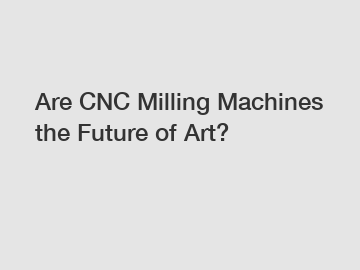
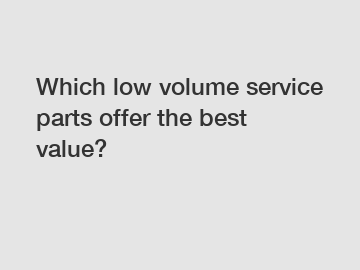
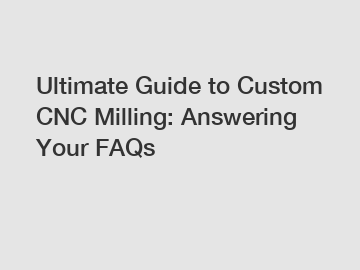

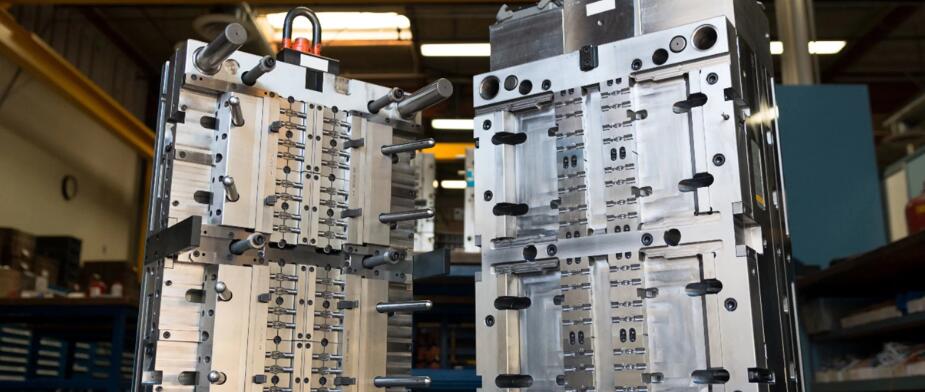

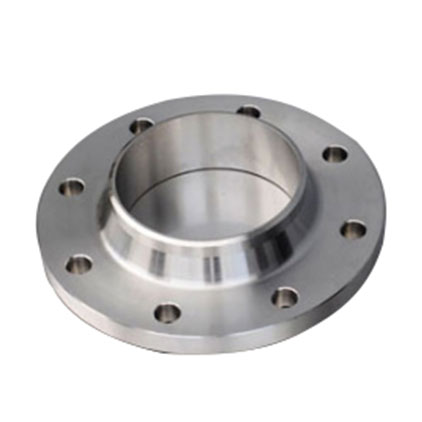
Comments